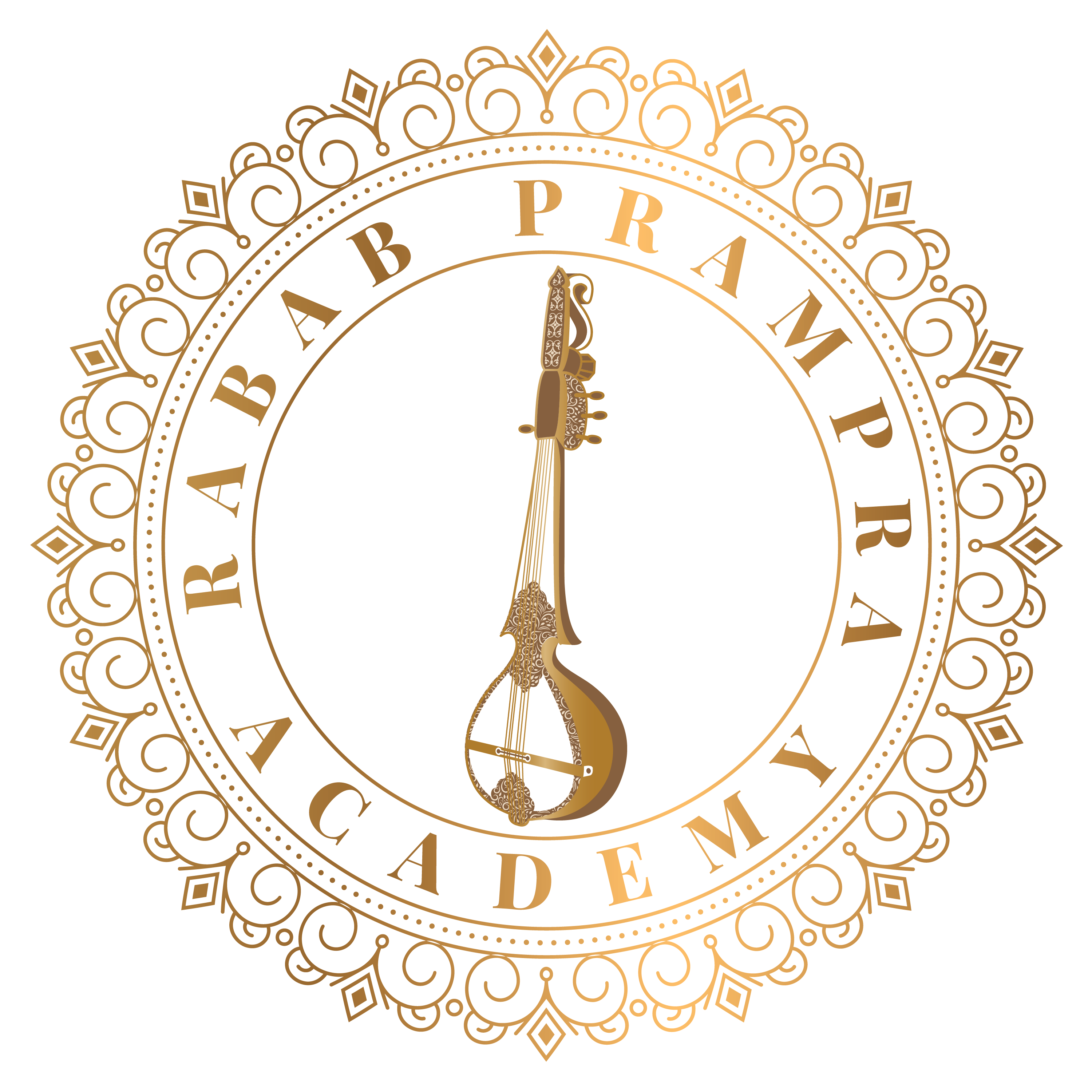

The foundation of Sikhism was laid down by Guru Nanak, the first Guru of Sikhs. Guru Nanak propagated his message by using the alchemy of music, poetry and raag to preach the devotional love of God and oneness. Kirtan is an integral part of the Sikh faith. Traditionally stringed instruments (Tanti Saaj) were used to perform kirtan. The sound produced by these instruments have a profound effect on the emotions and psychological health which in turn benefits the body, mind and soul. During the Udasis (travels), Guru Nanak resounded the sacred hymns to the tunes of the Rabab played by Bhai Mardana (his muslim companion). In the Sikh culture, no festival is complete unless kirtan, a devotional melody in the honor of the God is sung.
The traditional Gurmat Sangeet involved the recitation of sacred hymns written in Guru Granth Sahib along with the stringed instruments (Tanti Saaj). When visiting a Sikh temple, one will observe a wide range of rich harmonic themes and extensive percussion systems supported by the melodious stringed and percussive instruments. The Sikh Gurus developed most of these instruments like Firandia Rabab, Jori, Saranda, Taus, Dilruba, Sarangi and Esraj.
Learning an instrument and playing one of them is essential to the Sikh way of life which can connect us to the divine energy. Music is not only important for Sikh musicians but also for anyone who wants to uplift themselves spiritually. Sikh music tradition is an invaluable treasure for the nation and is loved by people belonging to other communities and religions all over the world.